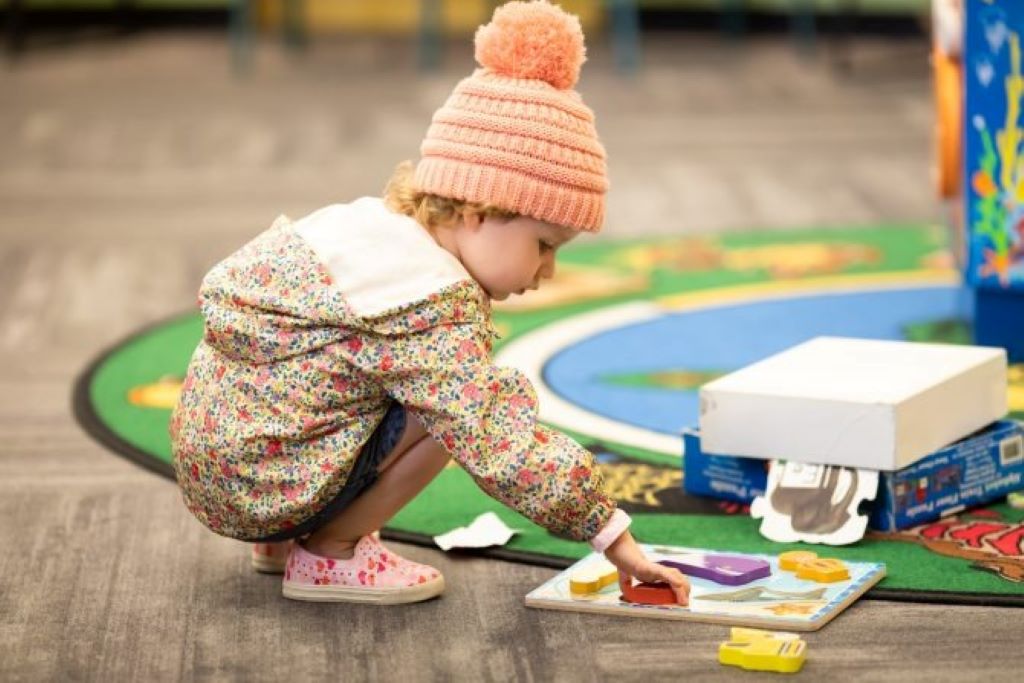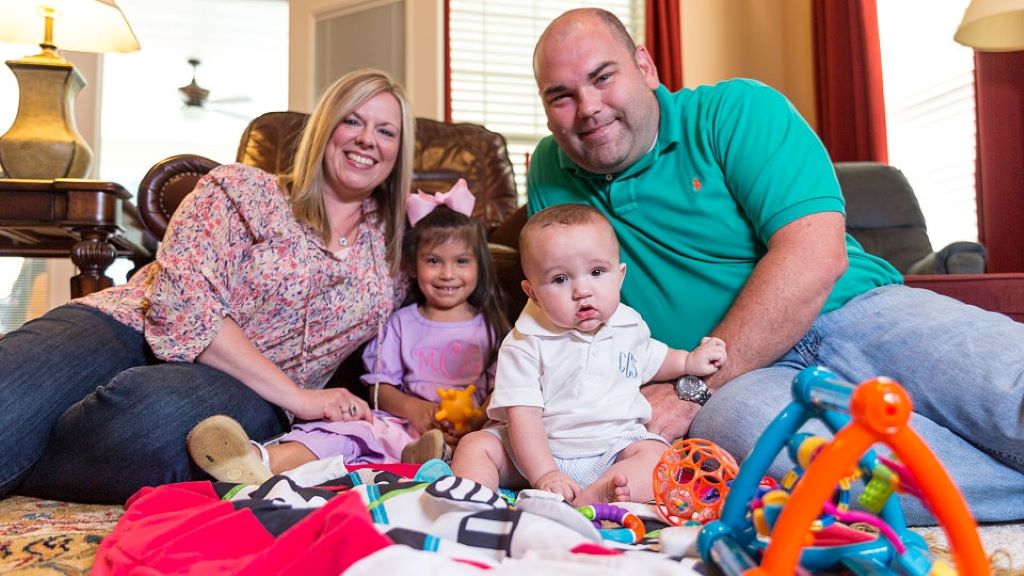
Raising resilient children is a goal for many parents, and teaching kids the value of perseverance is key to their growth. The phrase “fall seven times, get up eight” captures the essence of resilience—a mindset that encourages children to keep trying despite setbacks. By instilling this lesson early, parents can help kids develop grit, confidence, and problem-solving skills. Resources like Myself Improvement Today offer practical tools and insights to support this journey, providing guidance on fostering personal growth in both children and adults.
Teaching kids to embrace challenges requires patience, creativity, and consistency. This article explores actionable strategies to help children understand the “fall seven times, get up eight” philosophy, ensuring they grow into adaptable and determined individuals. From modeling resilience to creating teachable moments, parents can guide their kids toward a mindset that thrives on perseverance.
Understanding the Fall Seven Times Philosophy
The saying “fall seven times, get up eight” originates from a Japanese proverb, emphasizing the importance of resilience. It teaches that failure is not the end but a stepping stone to success. For kids, this mindset can transform how they approach challenges, whether in school, sports, or relationships. According to a Psychology Today article, resilience helps children cope with stress and builds emotional strength. By introducing this concept early, parents can help kids see setbacks as opportunities for growth. For deeper insights into this philosophy, explore resources like Myself Improvement Today’s guide on resilience, which offers practical tips for applying this mindset.
Resilience is not about avoiding failure but learning how to recover from it. Kids need to understand that mistakes are part of learning. Parents can use this proverb to frame conversations about effort and persistence, making it relatable and memorable for young minds.
Why Teaching Resilience Matters for Kids
Resilience is a critical life skill that helps children navigate adversity. Studies show that resilient kids are more likely to succeed academically and socially. A Harvard University study highlights that resilience fosters problem-solving skills and emotional regulation, which are essential for long-term success. Additionally, kids who learn to bounce back from failures are better equipped to handle stress and uncertainty.
However, building resilience takes time and intentional effort. Parents play a crucial role in modeling this behavior and creating environments where kids feel safe to fail. By teaching the “fall seven times, get up eight” lesson, parents empower children to face challenges with confidence and determination.
Strategies to Teach Kids the Fall Seven Times Lesson
Model Resilience in Your Own Actions
Children learn by observing their parents. When parents demonstrate perseverance, kids are more likely to adopt the same mindset. For example, if you face a setback at work, share how you overcame it. Use simple language to explain your thought process: “I didn’t get the project right the first time, but I kept trying, and it worked out.” This shows kids that adults also face challenges and persist.
Additionally, avoid hiding your struggles. Let your child see you try, fail, and try again. This normalizes failure and reinforces the idea that getting up is what matters. By modeling the “fall seven times, get up eight” philosophy, you create a powerful example for your child to follow.
Create Safe Opportunities for Failure
Kids need opportunities to practice resilience in low-stakes environments. Encourage them to try new activities, like learning a musical instrument or playing a sport, where mistakes are part of the process. For instance, if your child struggles with a math problem, guide them to try different approaches rather than giving the answer outright. This builds problem-solving skills and confidence.
Moreover, celebrate their efforts, not just their successes. Praise the process by saying, “I’m proud of how you kept trying even when it was hard.” This reinforces the value of persistence and helps kids internalize the “fall seven times, get up eight” mindset.
Use Stories and Examples to Illustrate Resilience
Stories are a powerful way to teach kids about resilience. Share age-appropriate stories of famous figures who faced setbacks but persevered, like Thomas Edison, who failed thousands of times before inventing the light bulb. Alternatively, use fictional characters from books or movies to illustrate the concept. For example, discuss how a character overcame obstacles by trying again and again.
Additionally, create your own family stories. Talk about a time when your child overcame a challenge, like learning to ride a bike. Connect these stories to the “fall seven times, get up eight” idea to make it relatable and memorable.
Encourage Positive Self-Talk
Negative self-talk can discourage kids from trying again after a failure. Teach them to reframe setbacks with positive statements. For example, instead of saying, “I’m bad at this,” encourage them to say, “I’m still learning, and I’ll get better with practice.” Role-play scenarios where they practice this mindset.
Furthermore, help kids recognize that failure is temporary. Ask questions like, “What can you try differently next time?” This shifts their focus from defeat to problem-solving, aligning with the “fall seven times, get up eight” philosophy.
Set Realistic Goals and Celebrate Progress
Break tasks into manageable steps to make challenges less overwhelming. For example, if your child is learning to read, start with short sentences and gradually increase difficulty. Celebrate small milestones, like reading a page without help, to build confidence.
Moreover, avoid comparing your child to others. Focus on their individual progress and effort. This reinforces the idea that persistence leads to improvement, embodying the “fall seven times, get up eight” principle.

Activities to Reinforce the Lesson
Problem-Solving Games
Engage kids in games that require trial and error, like puzzles or strategy-based board games. These activities teach patience and persistence in a fun way. For example, a game like chess encourages kids to learn from mistakes and try new strategies.
Journaling About Challenges
Encourage older kids to keep a journal where they write about challenges they faced and how they overcame them. Prompt them with questions like, “What did you learn from this?” or “How did you feel when you kept trying?” This helps them reflect on their resilience.
Role-Playing Scenarios
Set up pretend scenarios where kids practice responding to setbacks. For example, act out a situation where they “fail” at a task and discuss how to try again. This builds confidence and prepares them for real-life challenges.
Common Mistakes to Avoid
When teaching resilience, avoid overprotecting kids from failure. While it’s tempting to shield them, letting them face challenges builds strength. Additionally, don’t criticize their mistakes harshly. Instead, offer constructive feedback that encourages them to keep going.
Another mistake is setting unrealistic expectations. Ensure tasks are age-appropriate to avoid frustration. Finally, avoid focusing only on outcomes. Emphasize effort and growth to align with the “fall seven times, get up eight” mindset.
Conclusion
Teaching kids the “fall seven times, get up eight” lesson is about fostering resilience through modeling, storytelling, and hands-on activities. By creating safe spaces for failure, encouraging positive self-talk, and celebrating effort, parents can help children develop a mindset that embraces challenges. This approach not only builds emotional strength but also prepares kids for a lifetime of perseverance and growth. Start small, stay consistent, and watch your child grow into a confident, resilient individual.
Frequently Asked Questions
What does “fall seven times, get up eight” mean?
The phrase means to keep trying after every failure. It emphasizes resilience and the importance of perseverance in overcoming challenges.
At what age can kids learn this lesson?
Kids as young as 3-4 can begin learning resilience through simple activities like trying a new task. Tailor the approach to their developmental stage.
How do I help my child who fears failure?
Encourage small steps, praise effort, and normalize mistakes. Share stories of your own setbacks to show that failure is part of learning.
Can this lesson apply to schoolwork?
Yes, it’s ideal for schoolwork. Encourage kids to try different approaches to problems and celebrate progress to build academic resilience.
How do I make resilience fun for kids?
Use games, stories, and role-playing to teach resilience. Activities like puzzles or storytelling make the “fall seven times, get up eight” lesson engaging.
Read More:
Guerrilla Marketing for Local Service Businesses Post-Pandemic
Overnight Face Mask Tricks for Acne Scars: Clearer Skin
